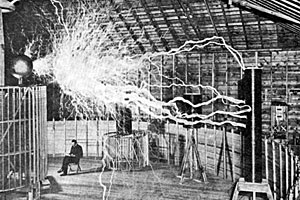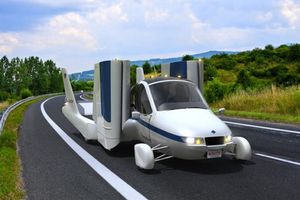Andrew Coyne tries to encapsulate the key economic concept that should be taken away from the GM Canada collapse:
Think of it this way. Governments have proven more than ready in the past to pay whatever the auto companies demanded to hold onto threatened jobs. If there were any chance whatsoever of buying the plant’s reprieve, no matter how foolishly or expensively, can there be any doubt they would have? That they did not — apparently GM waved them off — tells you how hopeless the plant’s prospects really are.
Many have recalled that the closure of the Oshawa plant comes less than a decade after the Canadian operations of GM and Chrysler were bailed out with $14 billion in federal and provincial money, $4 billion of which was never recovered. The lesson some have drawn from this is that GM is a devious ingrate, which may be fair comment but is not especially helpful. The real lesson is this: when you try to buy jobs with public money, the jobs last only as long as the money does. In the end, all you will have done is to lure people into taking or staying in jobs that were long since doomed.
Like most of economics, this is wholly alien to popular wisdom. There is a rich vein of commentary to the effect that the laws of economics are effectively optional, something we can resist by force of will: we can either bend to “market forces,” or we can “stand up” to them in some fashion. But in fact the latter option is entirely imaginary, at least in the long run. You can perhaps lure plants and jobs your way at the outset with subsidies and other goodies. But the only assurance they will stay is if it makes economic sense to the company to keep them there.
If not, then all you have won with your subsidy is the right to go on providing more subsidy, which is a fairly accurate description of Canadian automobile policy in recent decades. The workers whose jobs successive governments boasted of creating or saving were effectively hostages; as in all hostage-takings, the payment of ransom only stimulates further demands for ransom. Until one day when the money runs out, and the workers whose jobs were supposedly saved find themselves abandoned. This may be many things, but one thing it is not is compassionate.

 General Motors has emerged from bankruptcy and taken initial steps to repay its federal bailout money — two good bits of news, although the taxpayer remains on the hook for many billions of dollars extended to GM. Specialty electric-car maker Tesla Motors also had a successful initial public offering and is being celebrated as some kind of testament to the entrepreneurial spirit. For Tesla, this is pure PR.
General Motors has emerged from bankruptcy and taken initial steps to repay its federal bailout money — two good bits of news, although the taxpayer remains on the hook for many billions of dollars extended to GM. Specialty electric-car maker Tesla Motors also had a successful initial public offering and is being celebrated as some kind of testament to the entrepreneurial spirit. For Tesla, this is pure PR. The other absurd vehicle in development is the Terrafugia flying car, which just won exemption from a federal airworthiness safety standard. Surely you will feel secure when a flying car exempted from safety standards buzzes your neighborhood, especially when you learn that another federal waiver means the pilot needs only 20 hours of experience before he or she takes off. Maryland, my state, requires 60 hours behind the wheel before receiving a driver’s license. But fly after 20 hours? Hey, wheels up! Surely few of these accidents-looking-for-a-place-to-happen will sell on the free market. So — scan the horizon for a bailout. The Terrafugia company just got a piece of a $65 million military contract to research a flying Jeep-like thing; don’t hold your breath. If patriotism is the last refuge of scoundrels, defense contracting is the last refuge of bad business plans.
The other absurd vehicle in development is the Terrafugia flying car, which just won exemption from a federal airworthiness safety standard. Surely you will feel secure when a flying car exempted from safety standards buzzes your neighborhood, especially when you learn that another federal waiver means the pilot needs only 20 hours of experience before he or she takes off. Maryland, my state, requires 60 hours behind the wheel before receiving a driver’s license. But fly after 20 hours? Hey, wheels up! Surely few of these accidents-looking-for-a-place-to-happen will sell on the free market. So — scan the horizon for a bailout. The Terrafugia company just got a piece of a $65 million military contract to research a flying Jeep-like thing; don’t hold your breath. If patriotism is the last refuge of scoundrels, defense contracting is the last refuge of bad business plans.

